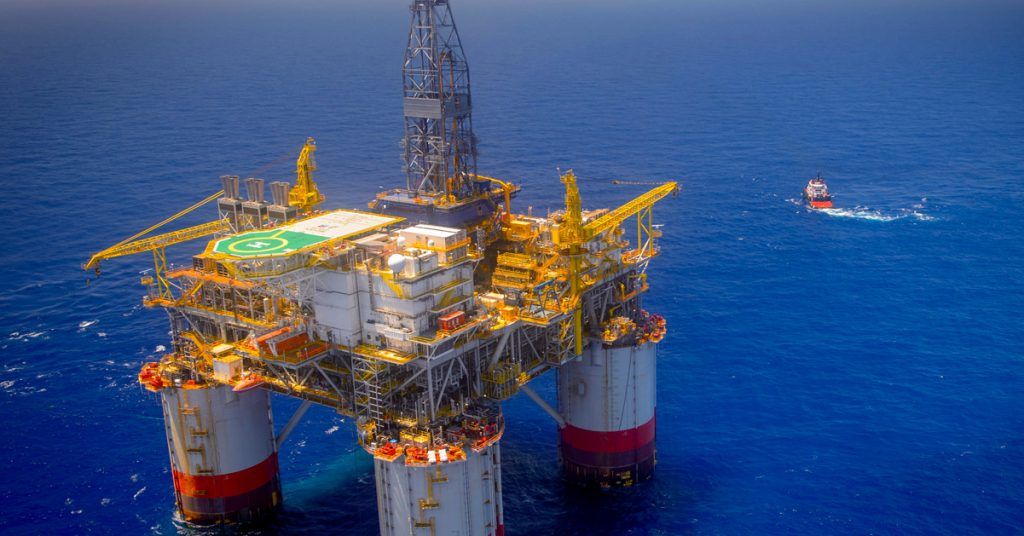Chevron Corporation reported its 2022 consolidated company entities (C&E) capital and exploratory expenditures of $12.3 billion, up from $8.6 billion in 2021.
The company manages its investments in subsidiaries and affiliates and provides administrative, financial, management and technology support to U.S. and international subsidiaries engaged in integrated energy and chemicals operations.
In addition, the company’s share of subsidiary capital and exploratory expenditures (subsidiary C&E) was $3.4 billion in 2022 and $3.2 billion in 2021, and required no cash outlays by the company.
C&E for 2022 includes $1.3 billion of inorganic spending largely associated with the formation of the Bunge joint venture and the acquisition of the remaining interest in Beyond6.
The acquisition of Renewable Energy Group, Inc. is not included in the company’s C&Es.
Chevron is one of the world’s leading integrated energy companies.
What is its focus? It produces crude oil and natural gas; manufactures transportation fuels, lubricants, petrochemicals and additives; and develops technologies that enhance its business and the industry.
Chevron
The company reported full-year 2022 earnings of $35.5 billion, up from $15.6 billion in 2021.
Above all, its upstream activities consist of crude oil and natural gas exploration, development, production and transportation; processing, liquefaction, transportation and regasification associated with liquefied natural gas; crude oil transportation through major international export pipelines; natural gas transportation, storage and marketing; and a gas-to-liquids plant.
On the other hand, its downstream activities consist mainly of refining crude oil into petroleum products; marketing crude oil, refined products and lubricants; manufacturing and marketing renewable fuels; transportation of crude oil and refined products by pipelines, ships, motor equipment and railroad cars; and manufacturing and marketing of basic petrochemical products, plastics for industrial uses, and additives for fuels and lubricants.
Market
In general, the operations and profitability of the petroleum industry are influenced by many factors.
The prices of crude oil, natural gas, petroleum products and petrochemicals are generally determined by supply and demand. The production levels of members of the Organization of the Petroleum Exporting Countries (OPEC), Russia and the United States are the main factors that determine world supply.
At the same time, demand for crude oil and its derivatives and for natural gas depends largely on conditions in local, national and global economies, although weather patterns, the pace of energy transition and taxation in relation to other energy sources also play an important role.
![]()

